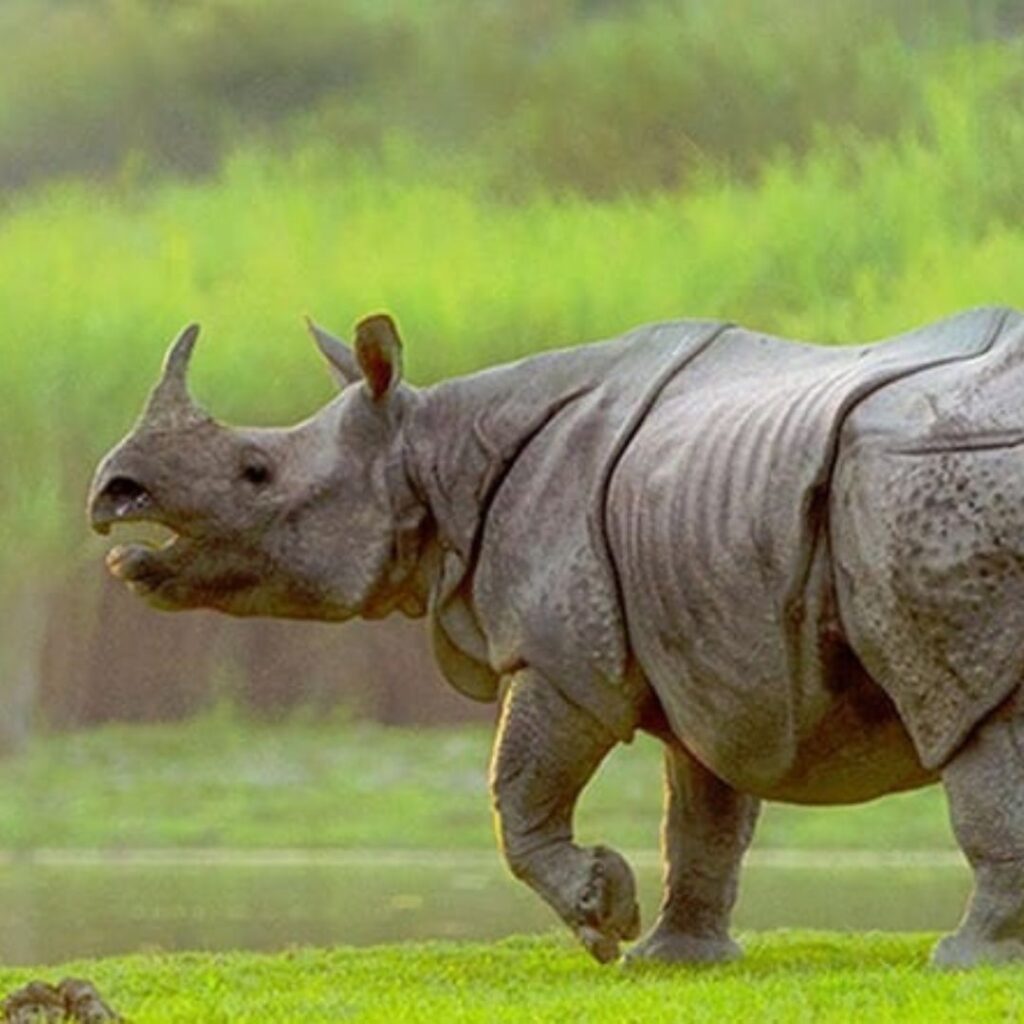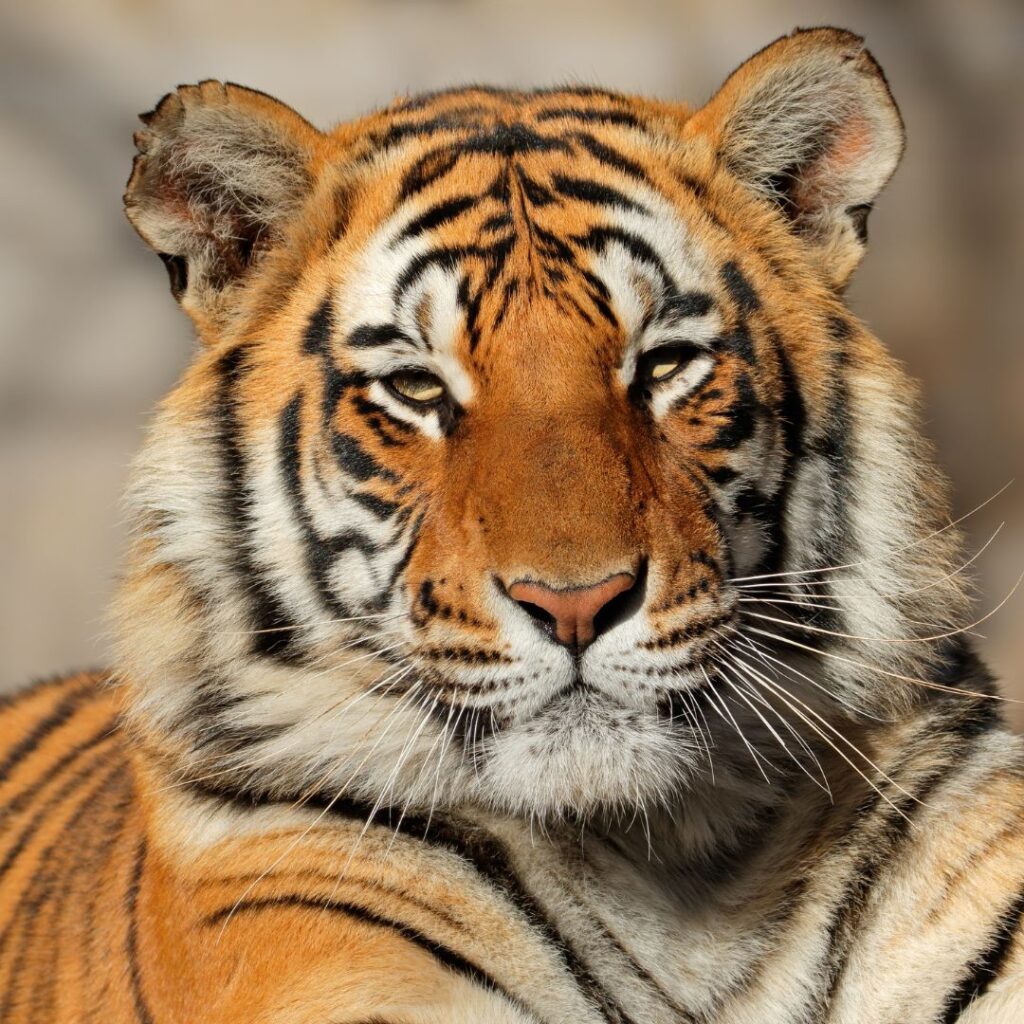Animals that will no longer exist!


Animals are like our neighbours, and some are even our family members. Animals have existed alongside humans for eons. However, as humans began their invasive expansion over time, many animal species that could not adapt to these changes have succumbed and are now extinct. Which means we won’t see them again in this life. Now, there are yet some animals that might follow suit. Let us be aware of such animals that might go extinct in a decade or two if not made collective effort in their preservation. Below is a list of endangered animals endemic to India.
Gavialis gangeticus is an Indian crocodile that inhabits the fresh river systems. The gharial derives its name from ghara, an Indian word for pot, because of a bulbous knob present at the end of their snout. The gharial’s prime diet is fish of all sorts. The long snout of the gharial is very effective in trapping fish. It also has rows of uniformly sharp teeth supported by a relatively long, well-muscled neck, which makes it an expert fisher. In antiquity, gharial existed everywhere, from Pakistan, Nepal, Bangladesh, Bhutan, to India. But now it is found only in a handful of places in India. The gharial’s existence is put to threat because of man-made structures like dams, barrages, etc. The long snout, which is a boon, is also a curse because they easily get stuck in fishing nets. The degrading quality of water has also contributed in the dwindling population of gharial. If conservation measures don’t arrive at the earliest, then this animal will cease to exist forever!

Ailurus fulgens or the red panda, as it is popularly known because of the brilliant reddish coat it wears , is a small mammal that spends it’s life in the mountainous regions of the lesser Himalayas. It is celebrated as the state animal of the Indian state of Sikkim. Red pandas are typically found in temperate forests with bamboos, as bamboo shoots are their main diet. However, red pandas are also carnivores to some extent. In addition to Bamboo, red pandas may also consume small insects, larvas, and small rodents. Unfortunately, this cute little mammal will not live to see the end of humans. Losing habitat, climate change, poaching carried on for their exotic fur and competition for food with domesticated animals are rendering them on the brink of extinction.

The Ganges dolphin can pride upon itself to have been named after one of the most prominent rivers in India. It’s scientific name is Plantanista gangetica gangetica. Ganges river dolphin are blind and use ultrasonic sounds to hunt their prey. They can only survive in freshwater river systems. They live in small groups but solitary individuals are not uncommon findings. The Ganges dolphin is like a litmus paper i.e. it can tell the health of the river it swims on. Which explains why they are reducing in numbers. Ganges dolphin are subjected to heavy pollutants dumped directly into the river without any treatment. These chemicals interfere with their well-being and overall health. The future of the Ganges dolphin is bleak as industrialism is only on the rise.

The Indian one-horned rhino, as the named suggests, is a type of rhino which has only one horn compared to it’s African counterpart. It is mostly found in the Indian state of Assam, which has declared it as it’s state animal. The Indian one-horned rhino is solitary. They survive on grass, leaves, branches of shrubs and trees, fruit, and aquatic plants. Declaring as state animal is one thing, but when it comes to their conservation, something is still left to be desired. Poaching is a main concern for this giant. It’s horn, allegedly claimed as medicinal, attracts adventurers. There is also habitat loss and natural disasters like the annual flooding of the Brahmaputra river which inundates their natural habitat. While not critical, they are one good flood away from being swiped out of existence.

The tiger has always been a national pride for India and carries the tag of national animal of India. It bears the scientific name of Panthera Tigris. Tigers are gigantic mammals and the apex predator in the forest system. Tigers are solitary animals and are serious about their territory. Tigers mark their territories with urine. Albeit their size, they are also excellent swimmers and are one of the few cat species that enjoy being in water. Even after being such an imposing animal, tigers have dwindled in number due to poaching during British Raj. The British officers would commission or themselves take to hunting these majestical creatures. They likened the presence of tigers as markers of an uncivilized society. Even though much work has been done since, tigers don’t roar as much these days.

Just because humans are much able and have a better understanding of the world, they must not deprive animals of their right to live as a creation of the nature. Animals, like us, just want to live and proliferate their kind. Due to unregulated and invasive human activities these animals that I have cited are in the way to extinction. If nothing is done then these animals are doomed to be extinct in the next 20-30 years.